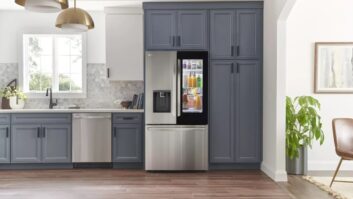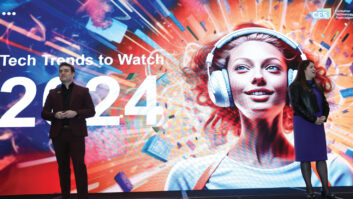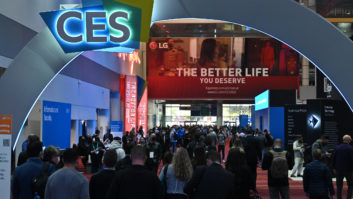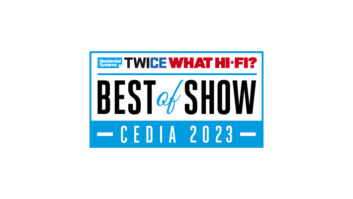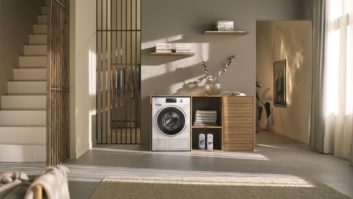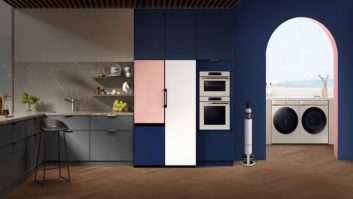After International CES, walking the show floor at PMA is almost a Zen-like experience. Shorter cab lines, no monitors being shut off, all quite calm (although there was some heavy metal).
So what were some of the takeaways? In no particular order:
- The consumer electronics companies weren’t kidding around: Sony and Samsung introduced digital SLRs at the show, while Panasonic’s national marketing manager Alex Fried told me the firm remains committed to the SLR market. Given the price erosion in the point-and-shoot market, SLRs are widely viewed as the last bastion of margins (outside of photo accessories, which NPD said is booming). Also interesting on the price front — Nikon’s D60 SLR came in at a higher introductory price than the D40, which it is ostensibly replacing.
- Dry, not just for the desert: Fujifilm, Kodak, Noritsu and HP all introduced “dry” minilabs that offer photo printing without the chemicals. Unlike their chemical predecessors, these labs are smaller and easier to operate but the consumables are more expensive. A Fujifilm executive told me that consumable costs could be as high as $0.15/print.
- Merchandise moves to retail: Another major theme of the big output vendors is getting more of the lucrative merchandising money into retail. If you check out our photo gallery, for instance, you’ll see a display Kodak erected of the various photo novelty items you can create in-store or through its Qualex subsidiary. Also many of the kiosk software vendors such as Lucidiom or DNP Photo Imaging (formerly Pixel Magic) are adding options for creating merchandise on kiosks.
- Not all cool camera features will be baked in: Jerry Magee director of future products for Kodak, made that point apropos the success of the Eye Fi wireless SD card (which Kodak will offer under its own brand, through Lexar). Both wireless and GPS functionality will likely thrive as accessories for now because the cost to build them in is high and the demand is still niche, he said.




